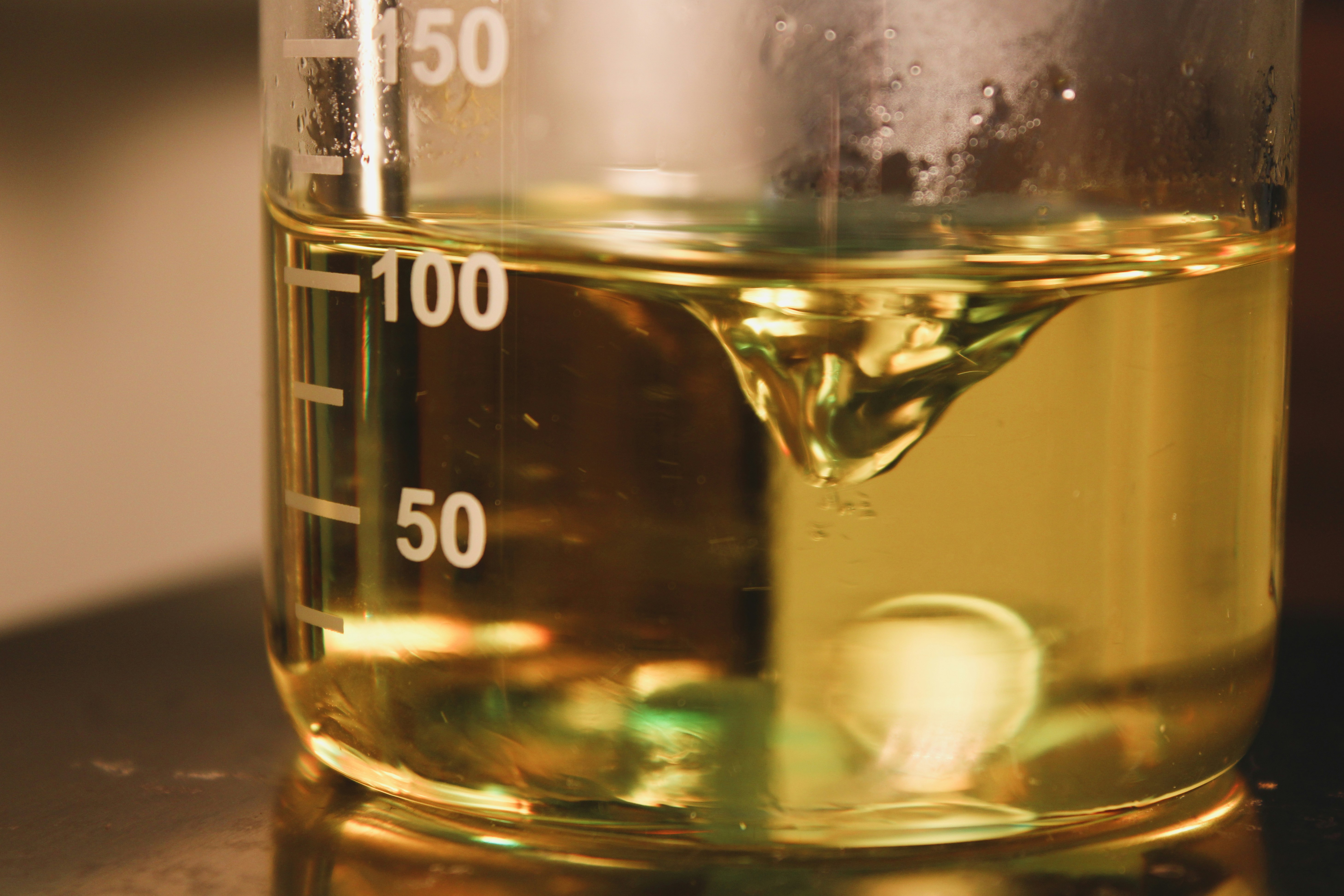Media release
From:
Chemistry: Extracting fertilizer from ‘liquid gold’ urine
A mechanism to purify urban wastewater and extract a valuable product from urine — which could be used to fertilize crops, among other applications — is reported in Nature Catalysis. The findings present a novel and potentially scalable and cost-effective approach to large-scale wastewater treatment with economic and environmental value.
Urine contains the chemical urea, which is rich in nitrogen, an important component of fertilizer. Urine is referred to as ‘liquid gold’ in certain contexts, owing to its potential use in agriculture, however it is commonly considered as a waste product. Storing vast amounts of urine, and the mechanisms to process urea into useful chemicals, have been a challenge for wastewater treatment engineering.
Xinjian Shi and colleagues used an electrochemical reaction to remove urea from wastewater and transform it into nearly 100% pure percarbamide, a useful solid derivative of urea, bypassing the need for complex purification steps. The collected percarbamide could have various useful applications, including environmental water treatment, disinfection, and to improve crop growth. The reaction utilised a carbon-based electrode to serve as a catalyst and atmospheric oxygen to generate the percarbamide under temperatures and pressures lower than traditional reactions. The system was found to work with both human and mammalian urine, is cheaper and produces a purer and more valuable final product, compared to other methods. Following an economic analysis, Shi and colleagues calculate that daily production of one metric ton of percarbamide would require only 100 square meters of land, and the urine collection from about 6,382 houses or a farm of 3,800 cows, highlighting the feasibility of this method.
The findings lay the foundations for future studies to focus on improving the efficiency and scalability of this process. Further advancements could lead to more sustainable urban wastewater management practices and innovative uses of recovered materials.



 International
International


